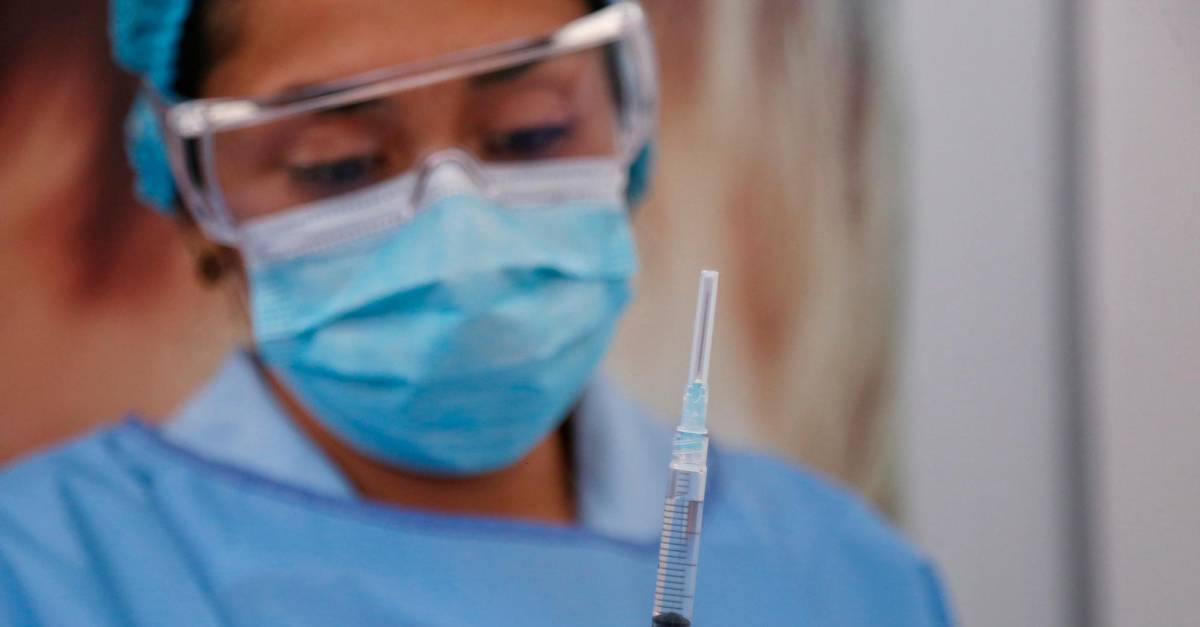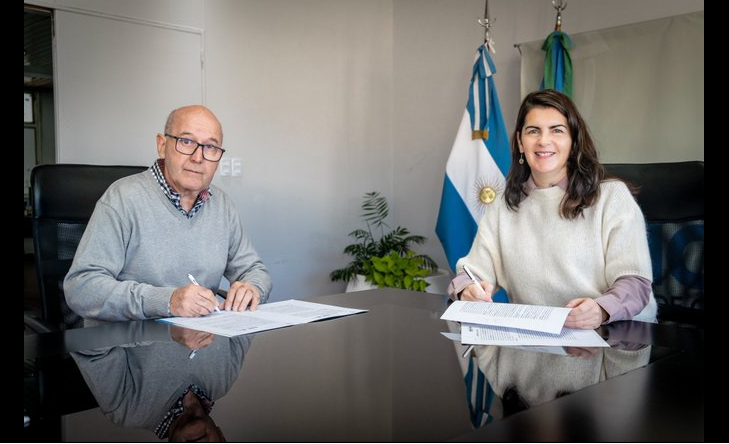The Government presented a financial plan to raise about 55 billion pesos in TES and US $ 10,110 million with other sources. Do you have credit for this?
The Economic Commission for Latin America and the Caribbean (ECLAC) pointed out that it will be important to extend the packages of fiscal measures during 2021 in the neighboring countries, since the economic dynamics will not be able to compensate for the fall observed last year due to the crisis of the pandemic nor will it reverse increases in poverty and inequality.
As stated Alicia barcena, executive secretary of this organization, the expansion projected for this year also suggests a slow recovery in employment rates and, therefore, a lower tax collection, which would force to seek credits to maintain public spending.
According to the executive secretary, this fiscal effort should be aimed at “continuing to mitigate the negative social, productive and economic effects of the pandemic.”
However, he recognized that the governments of the region face the great challenge of finding financing in the capital markets, taking into account their high indebtedness.
In the case of Colombia, according to the Ministry of Finance, addressing the health crisis has cost more than 40 billion pesos. This translates into spending on the order of 4% of GDP, which in 2020 was worth 1,002 trillion, according to the Dane.
This fiscal deployment raised sovereign debt to 61.4% of GDP, a historical figure for the Nation that represented an increase of 12.8% compared to 48.6% at the end of 2019.
As things are, it is worth asking what space is left for the country to increase its debt and seek more loans.
The financial plan
As revealed by the Treasury portfolio, this year its projection is to place Treasury Securities equivalent to 5% of GDP (55 trillion pesos). And likewise, it contemplates a leverage through external sources for 10,110 million dollars (3.2% of GDP).
These monies, among other things, would be destined to complete the appropriations of the General Budget of the Nation and, according to what has been indicated by ECLAC, they should contribute to the support of Ingreso Solidario, Colombia Mayor, Jóvenes en Acción and the return of VAT.
With these initiatives, as of March, 14.9 billion have been directed to the most vulnerable population, as detailed by the Department of Social Prosperity (DPS).
Yes there is fiscal air
Despite Colombia’s high indebtedness, in the opinion of Juan Camilo Restrepo, former Minister of Finance, “the country has fiscal space and it must have it because obviously the needs of public spending are still on the table and the figures on poverty prove it.”
In this context, he pointed out that spending on social subsidies “is large but not unaffordable (…) the country has a credit of 16,000 million dollars approved with the International Monetary Fund (IMF) of which it has only used a third ”.
“Colombia can knock on the doors of the World Bank, the Andean Development Corporation (CAF) and the Inter-American Development Bank (IDB), among others,” noted the former official.
In the above it coincides Ramón Javier Mesa, professor of economics at the University of Antioquia, as he said “we still have fiscal space to meet new obligations in international markets and in multilateral organizations that is validated by the good level of international reserves that the country has.”
“However,” added Professor Mesa, “this is increasingly reduced if the economic scenario does not improve as a result of the pandemic, which prevents a growth in collections that allows lower debt levels.”
A temporary reform
In order to Andres Moreno, certified financial advisor, Colombia can continue to access markets and multilateral banking.
However, as is known, those who buy TES and all kinds of loans collated by a State, are pending the sovereign rating of those countries to see if they have the ability to pay when answering them for their money.
In this sense, Colombia is only one step away from losing investment grade. Consequently, the risk premium and the interest payable on the new debt would skyrocket.
With this in mind, according to the analyst, the discussion of a tax reform will continue and “there has to be a government austerity plan.” That is to say, as he explained, it is not only about thinking about increasing income, but about finding a way to reduce spending on congressional salaries to draft a reform that calms risk rating agencies.
For its part, Alicia barcena indicated that multilateral banks should also increase quotas for low- and middle-income countries in order to support them in continuing spending





